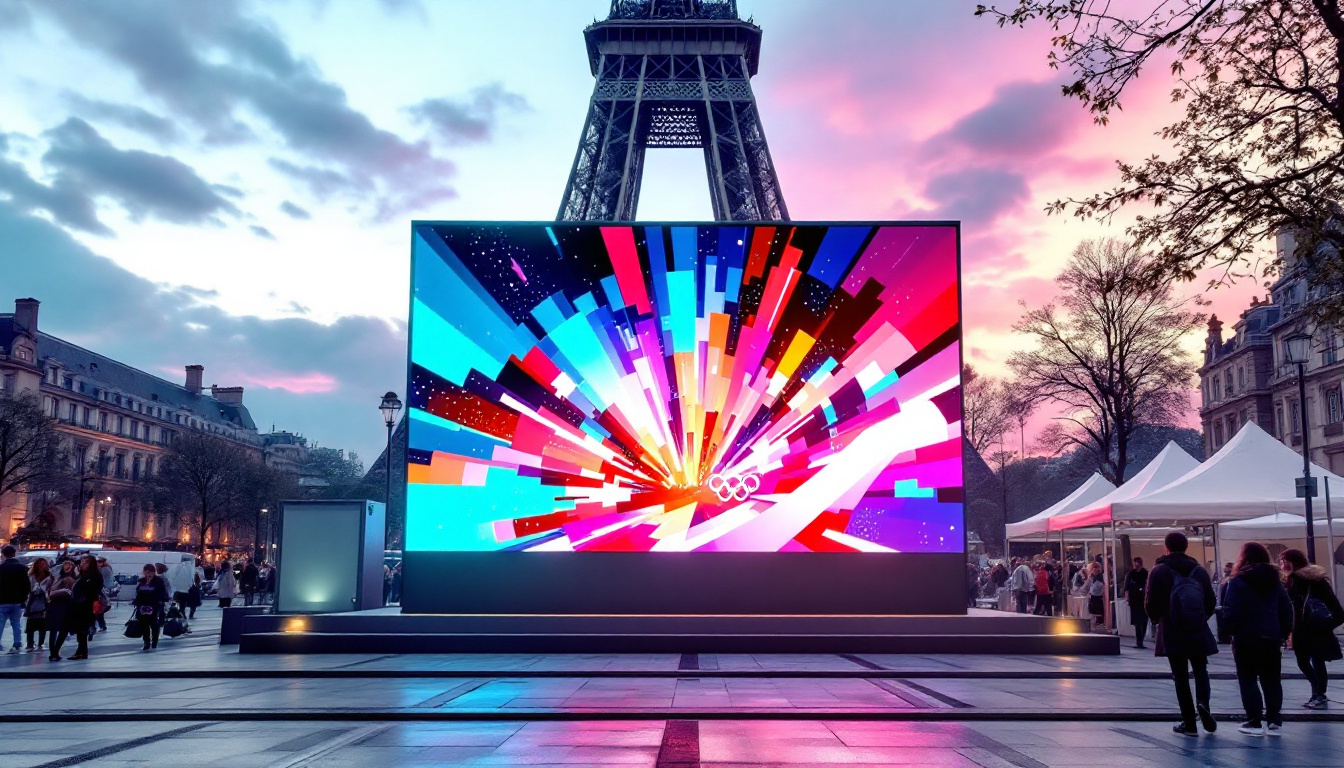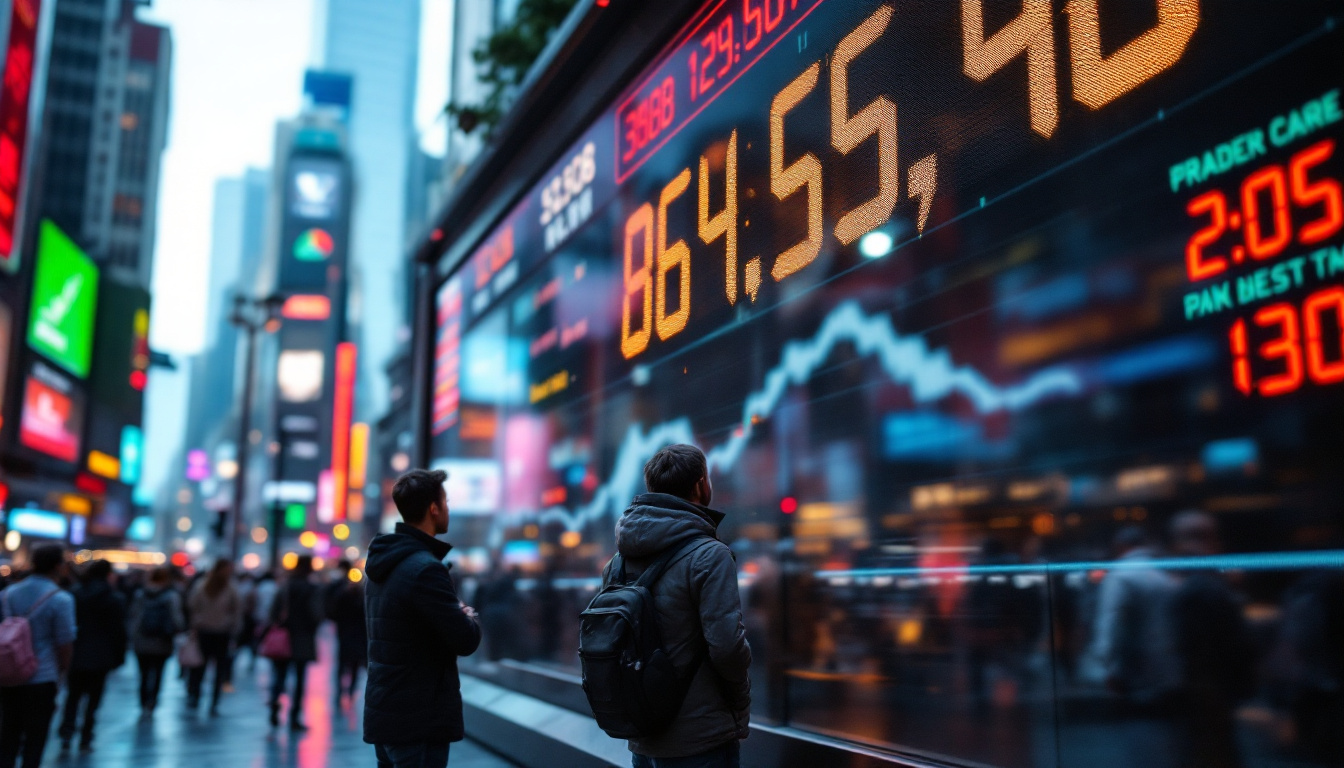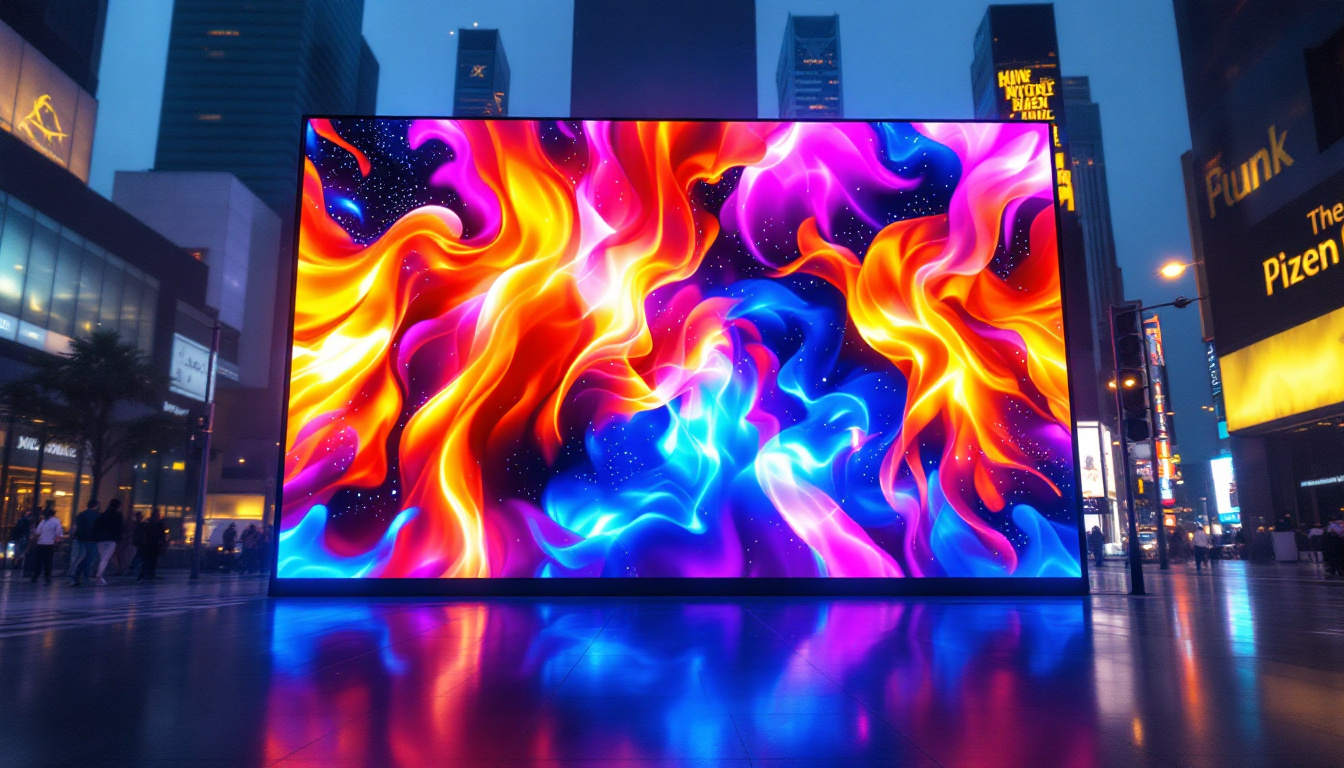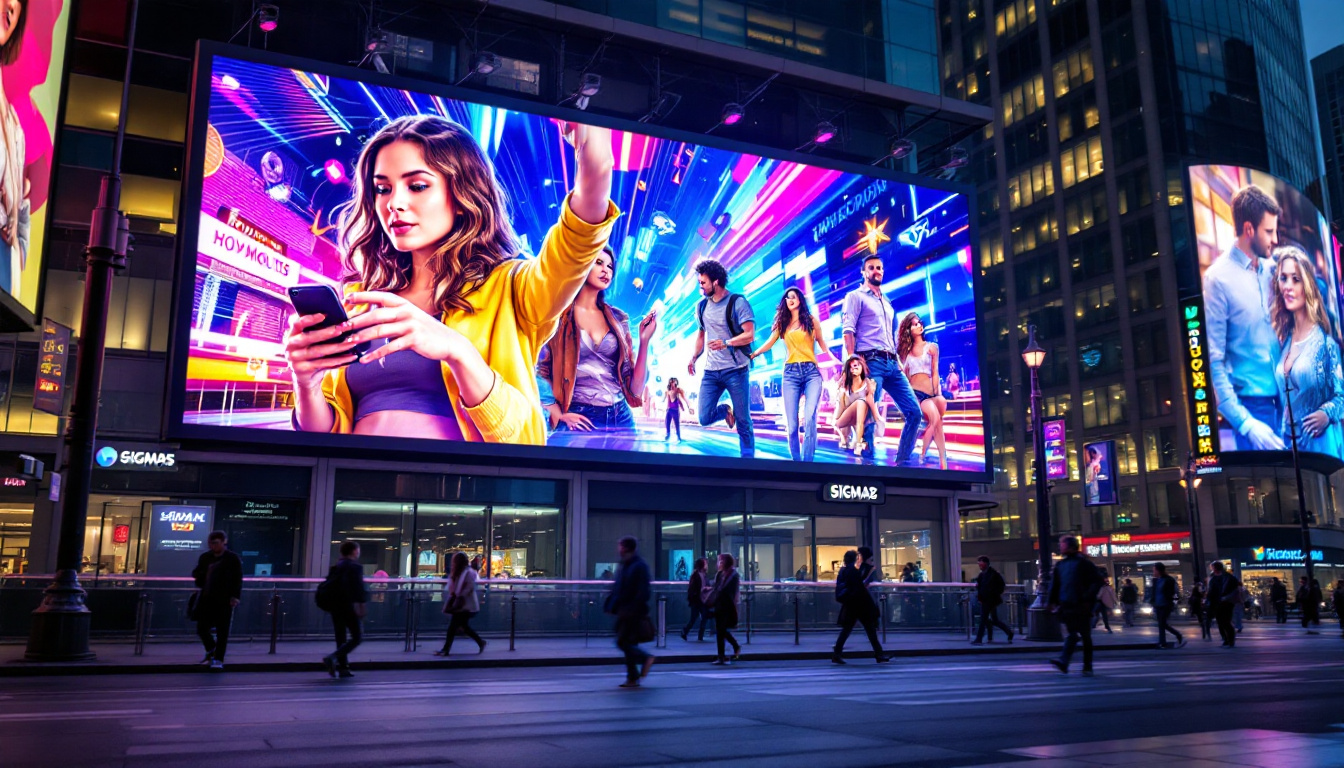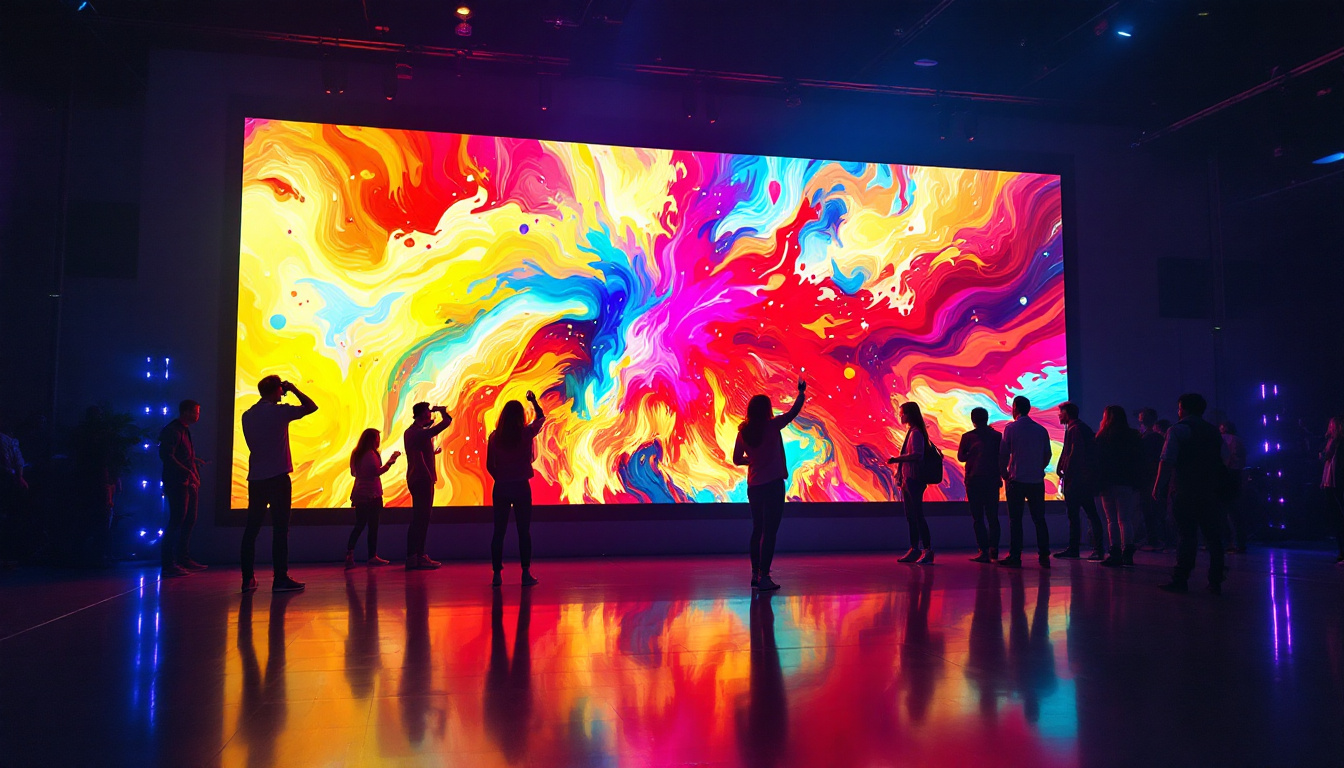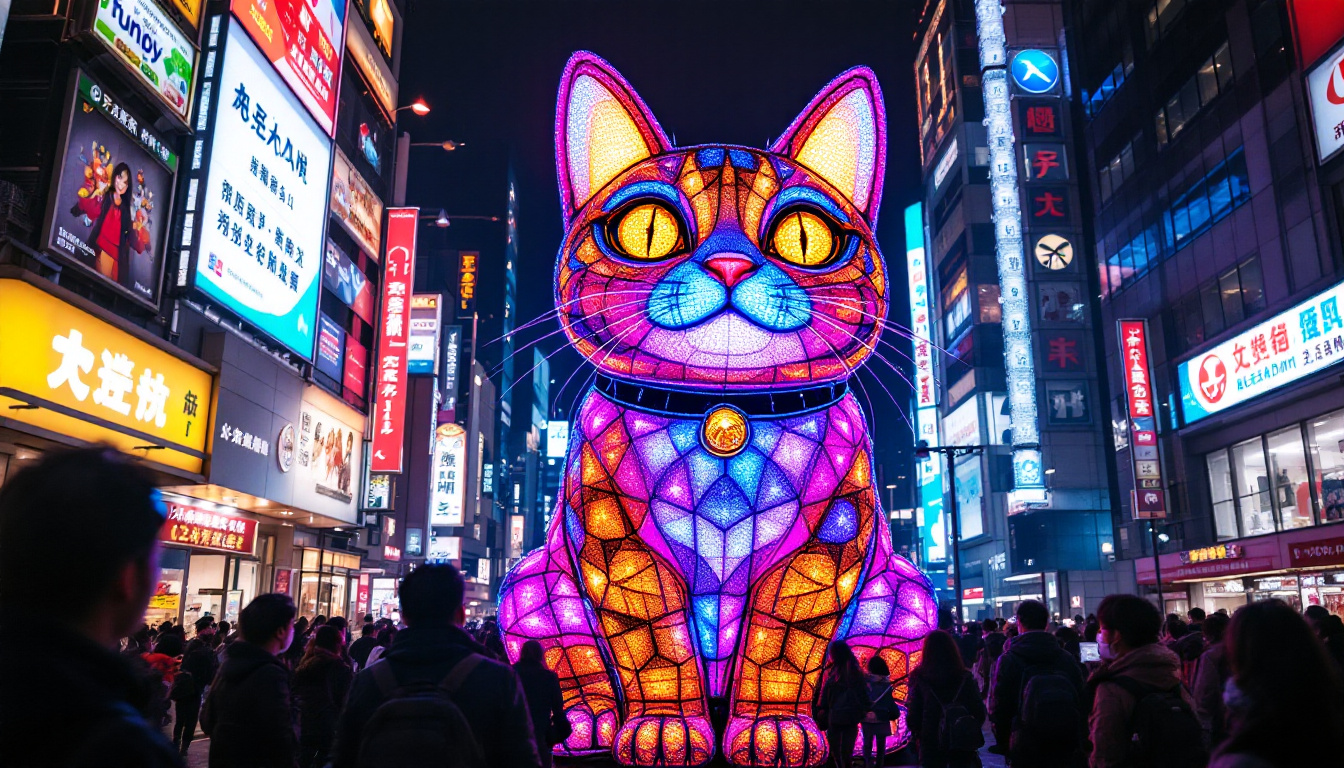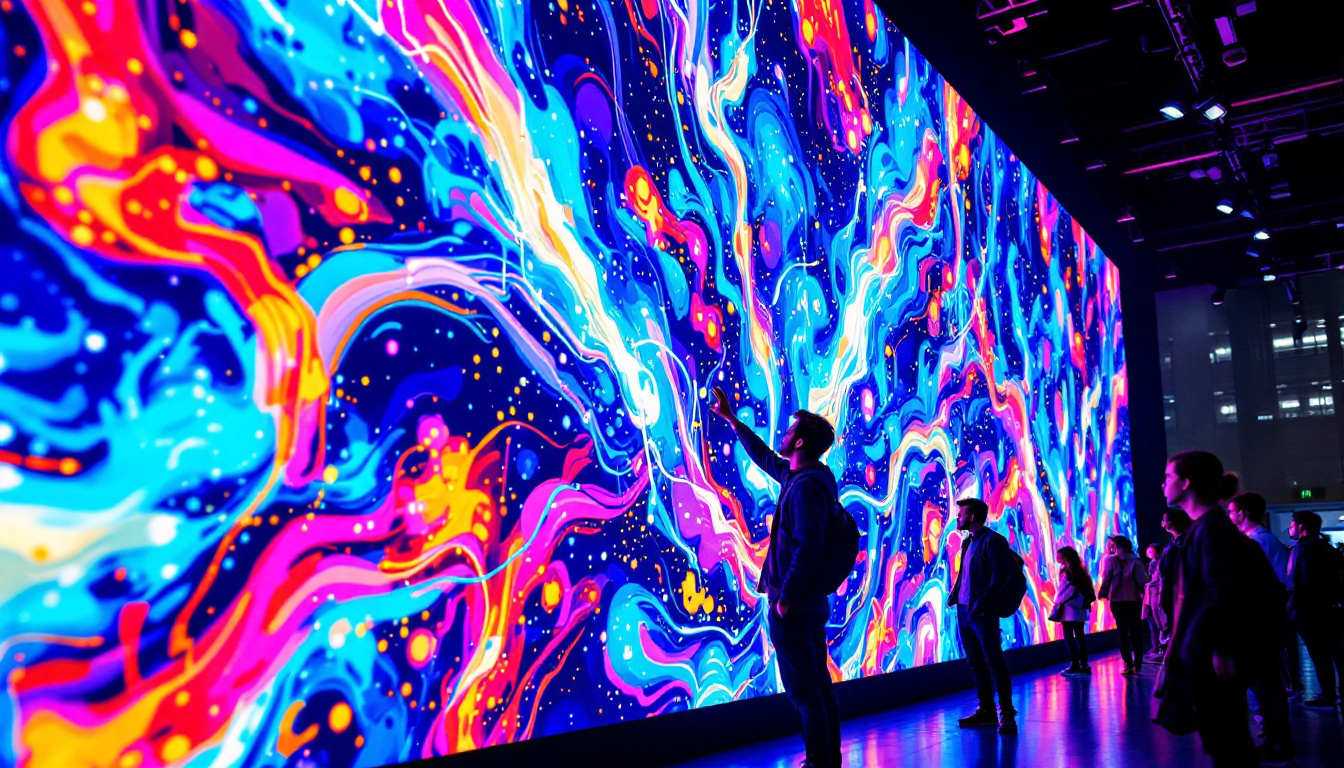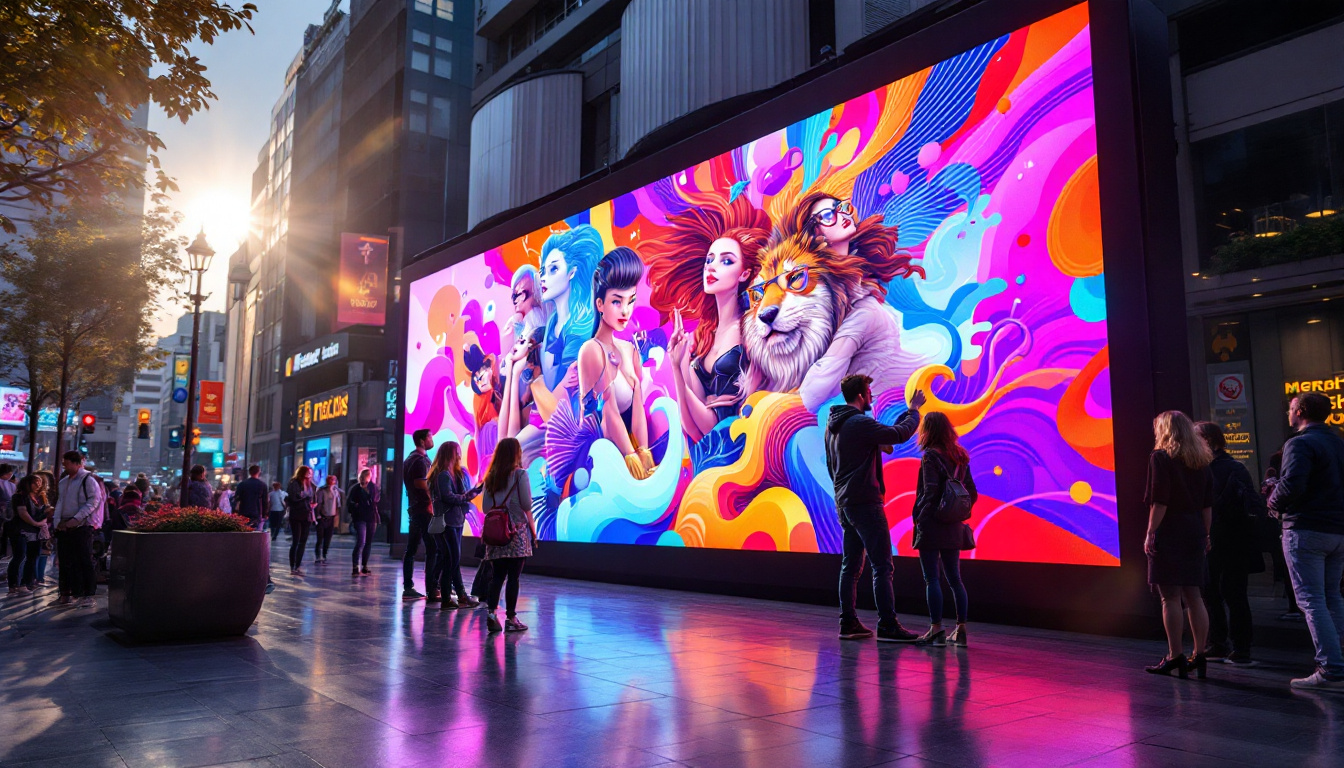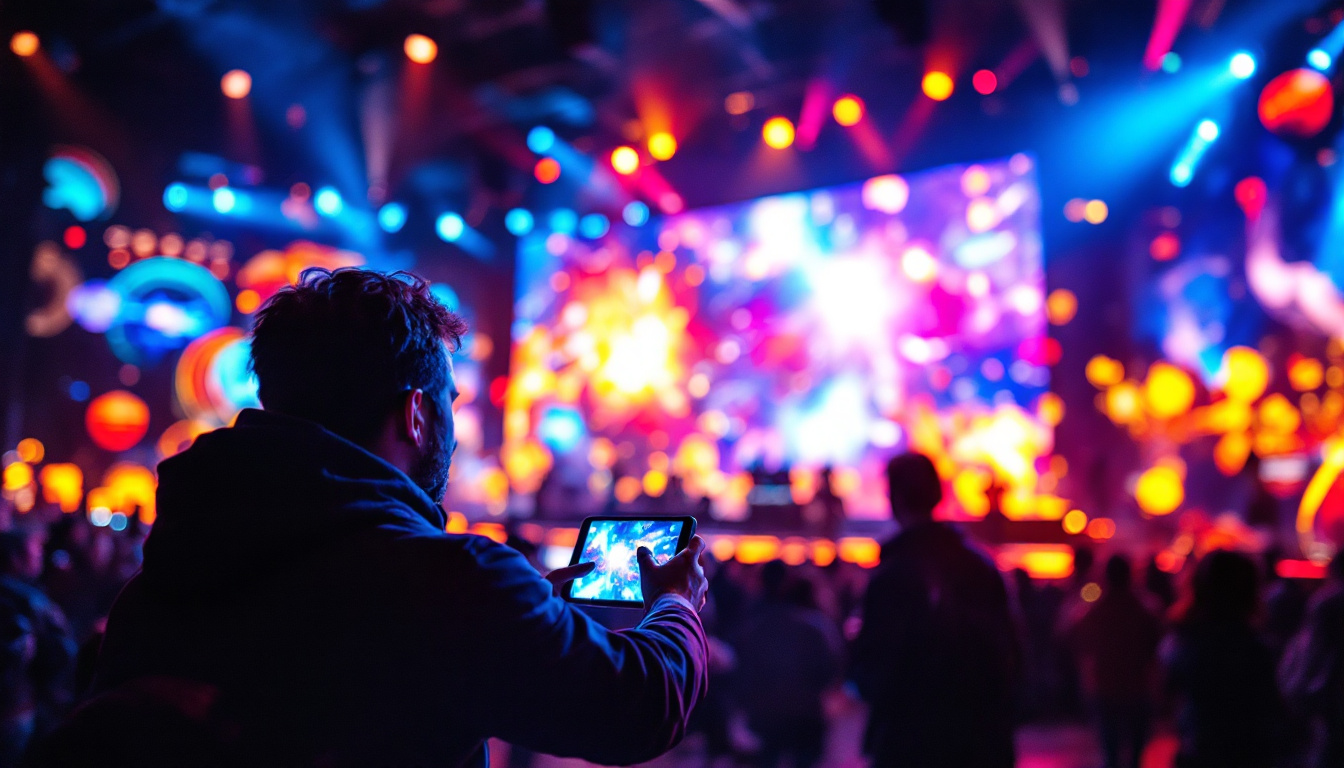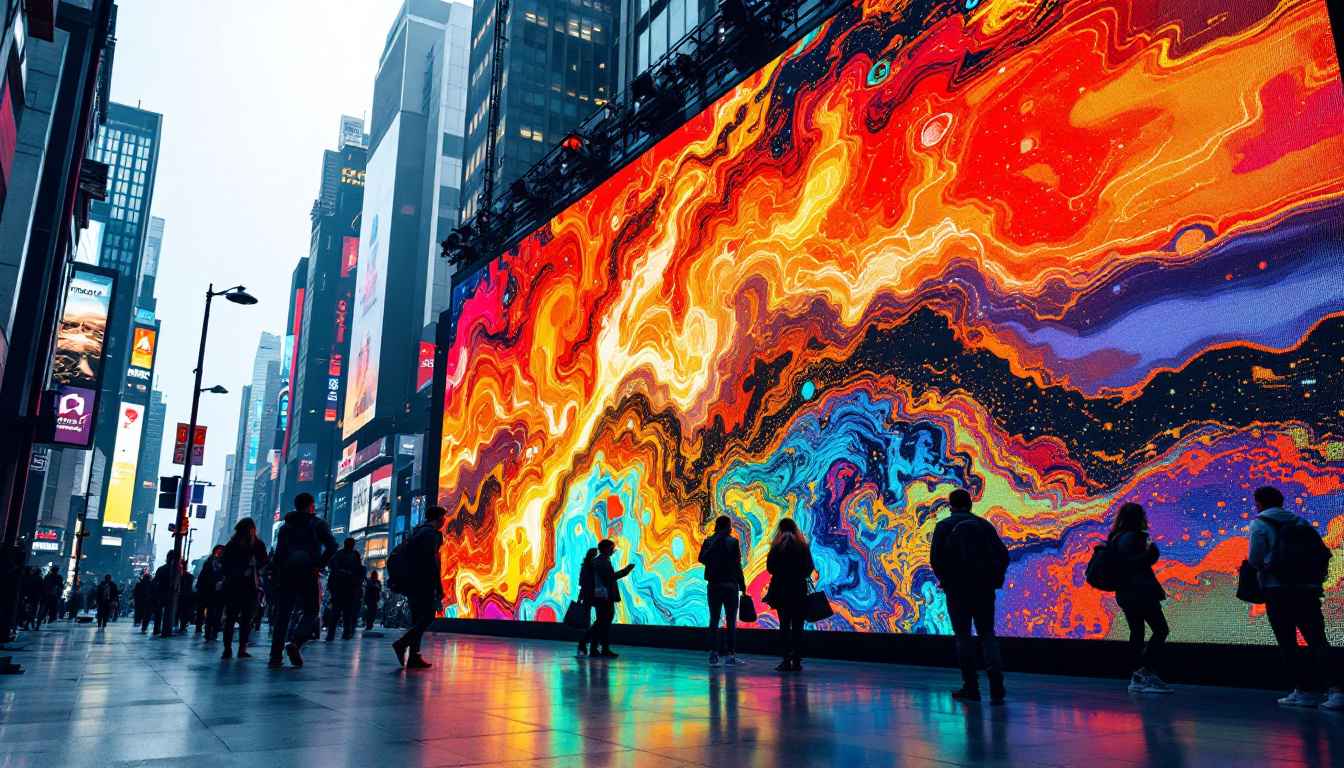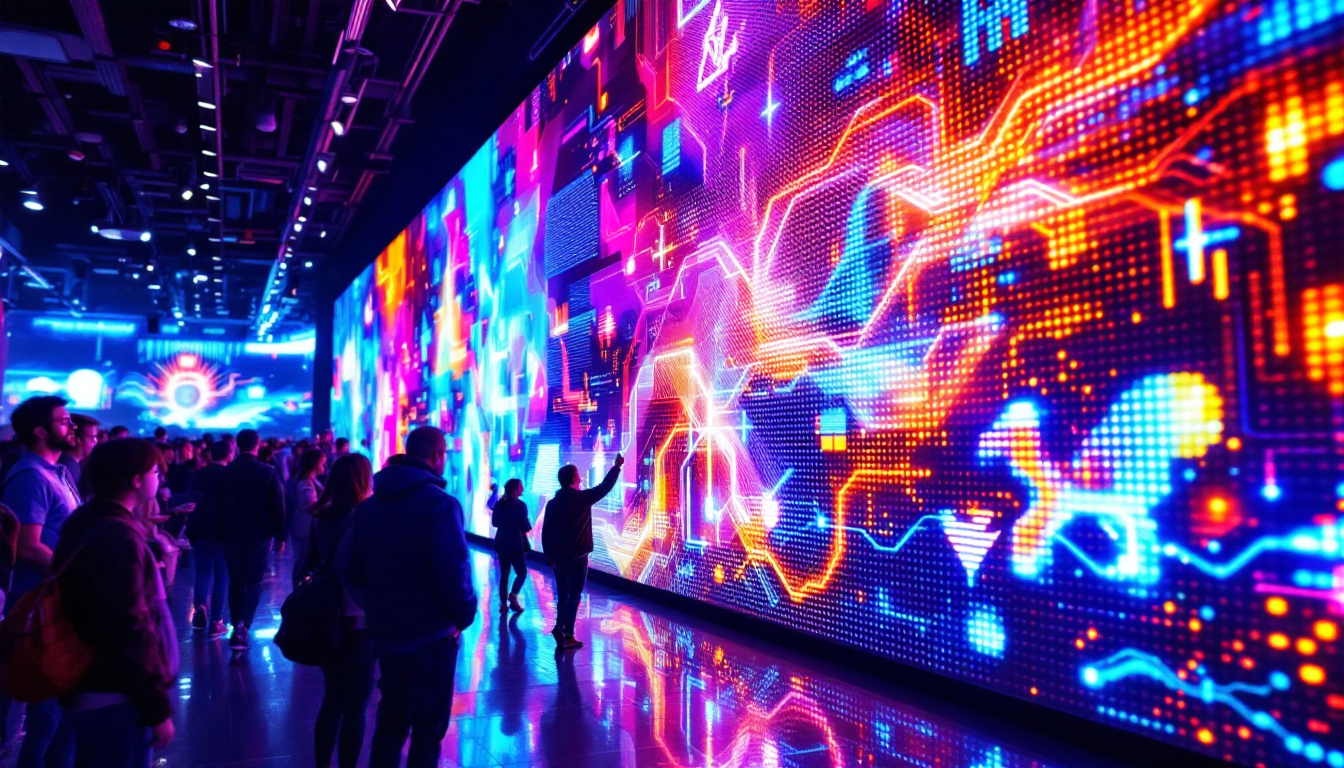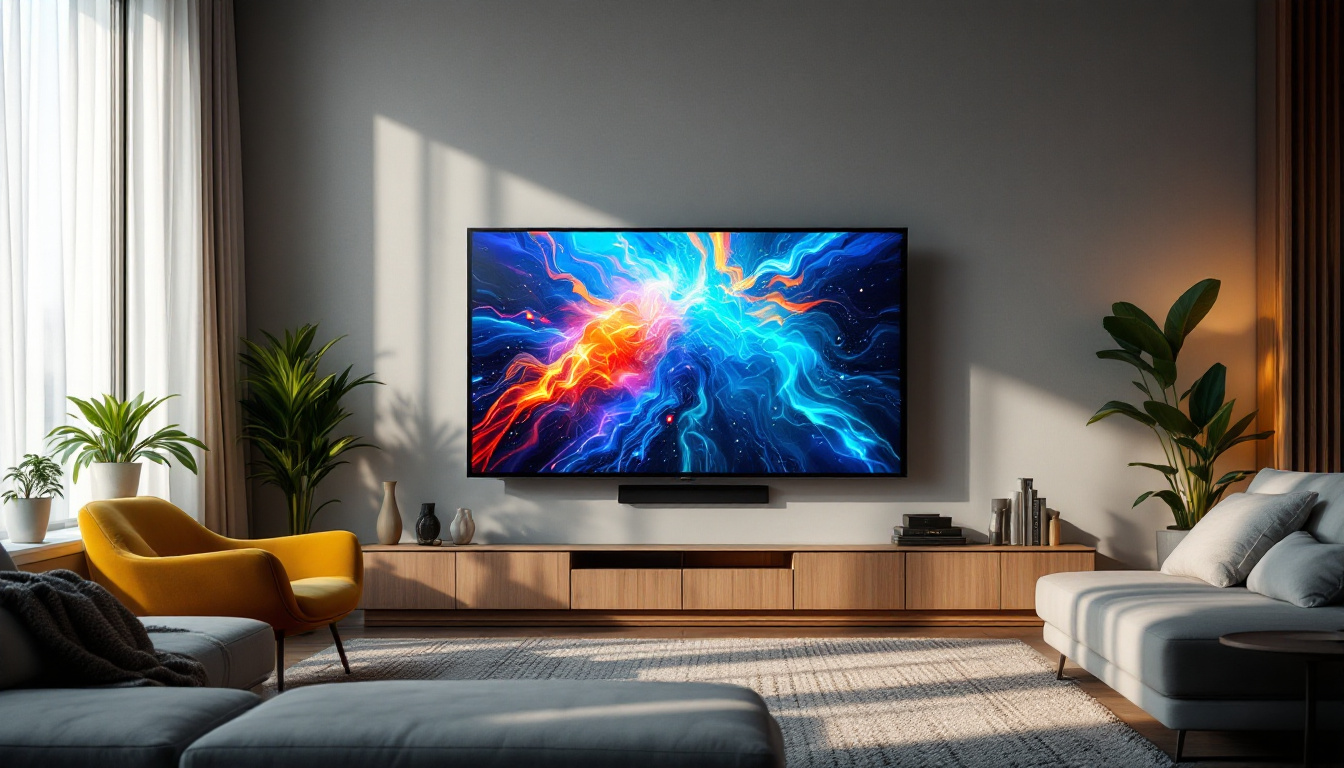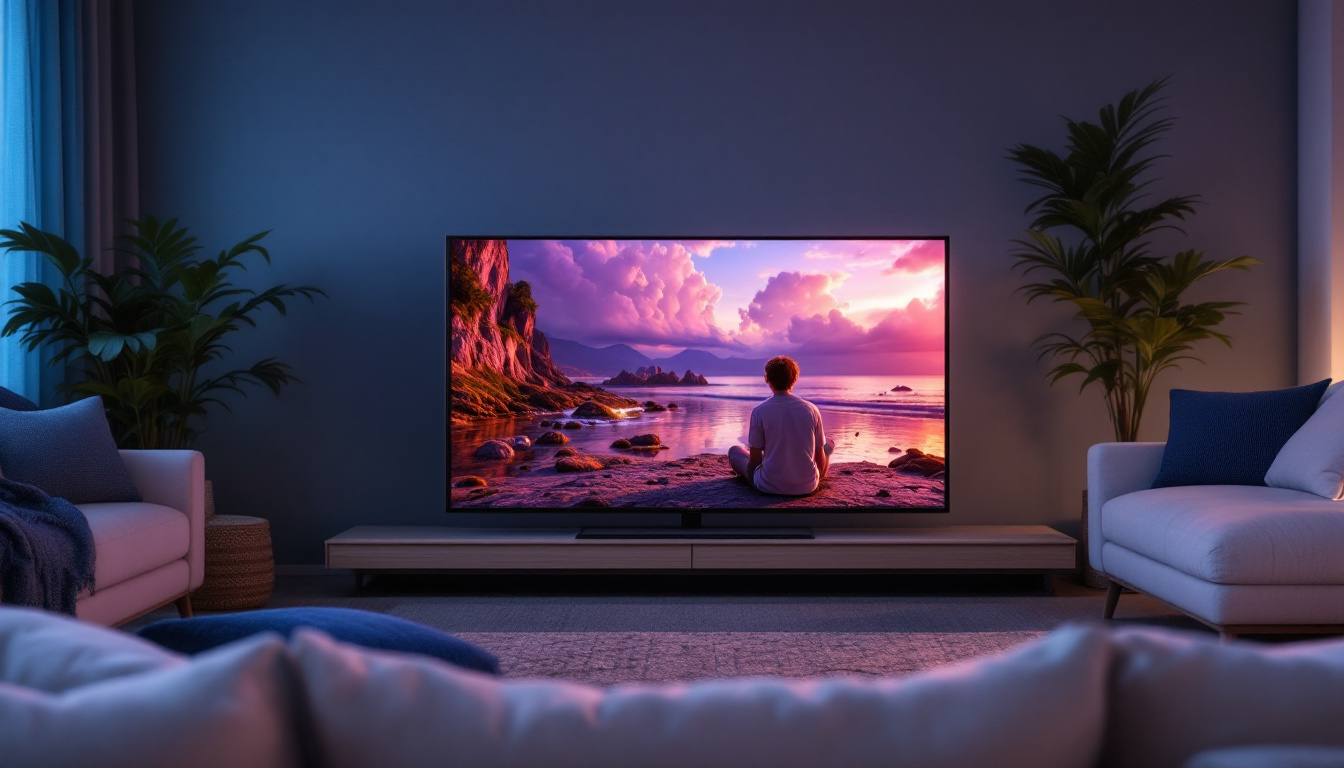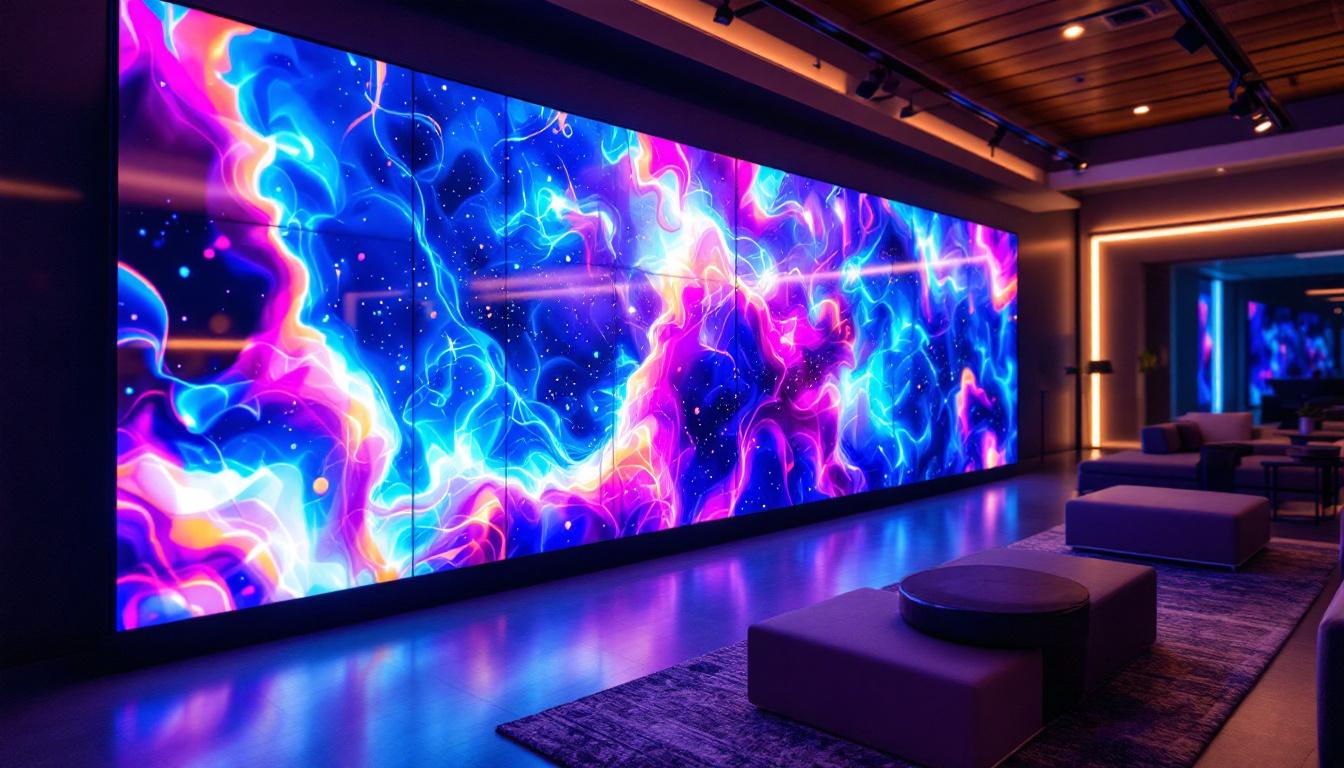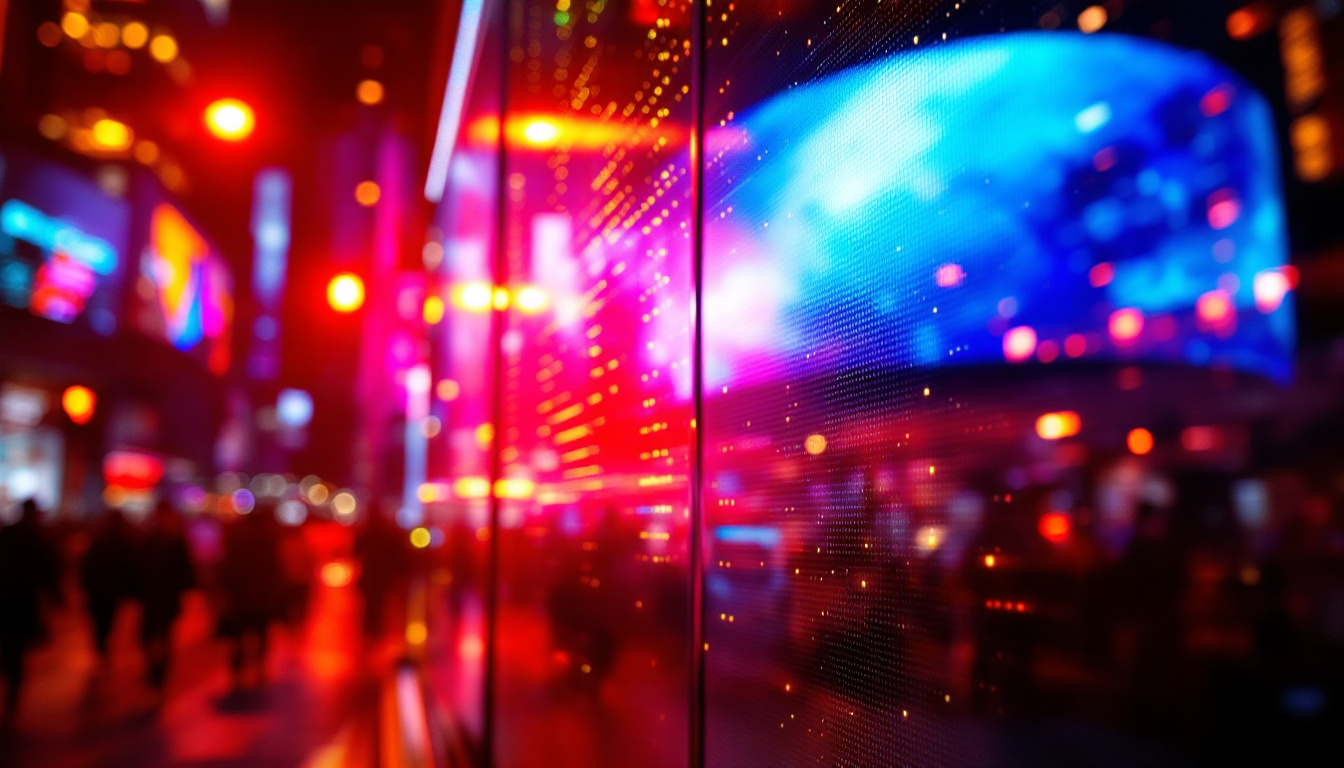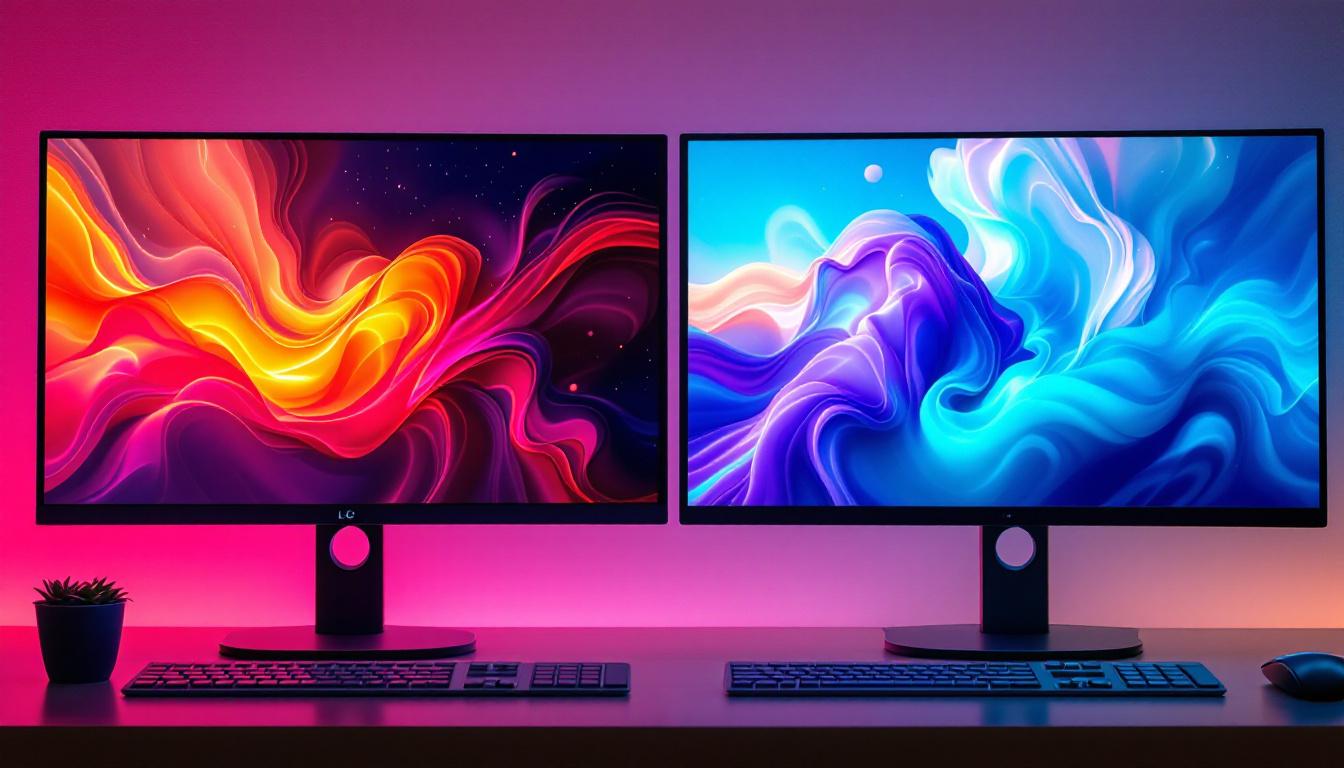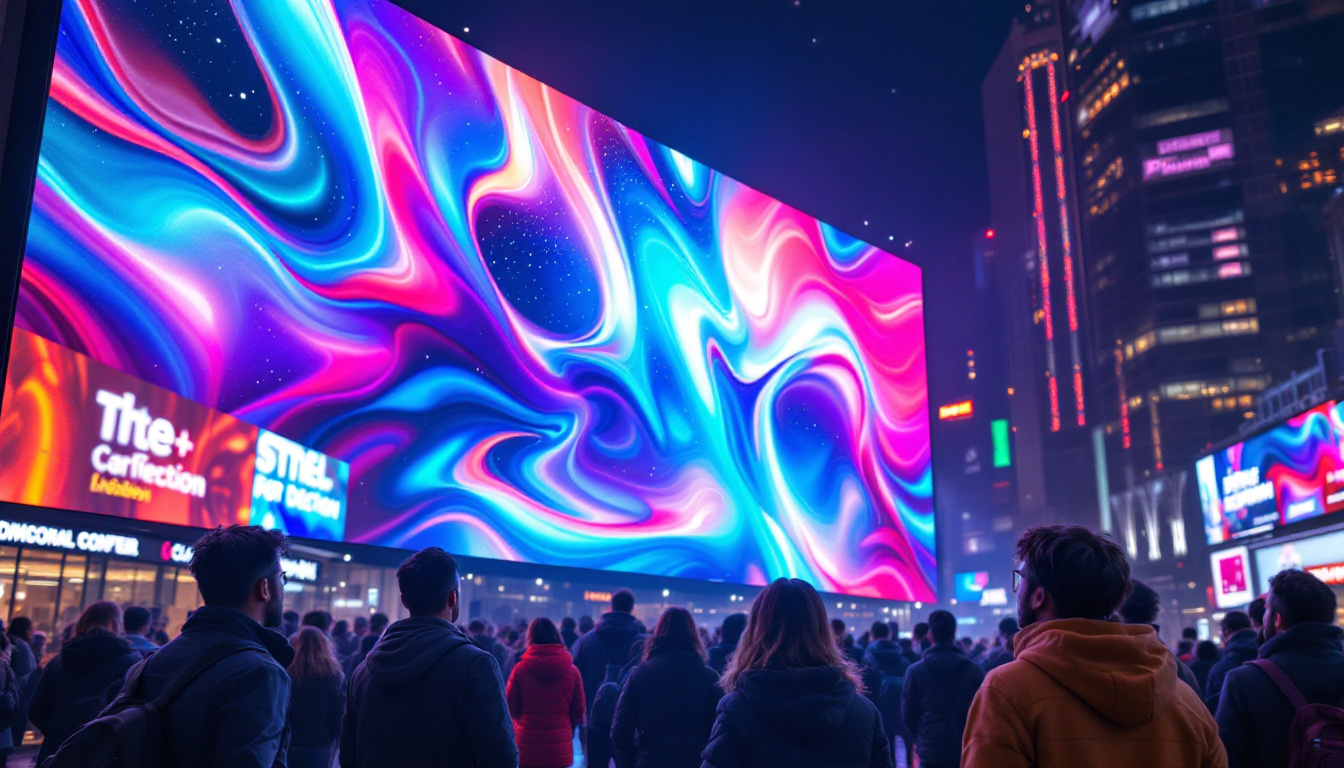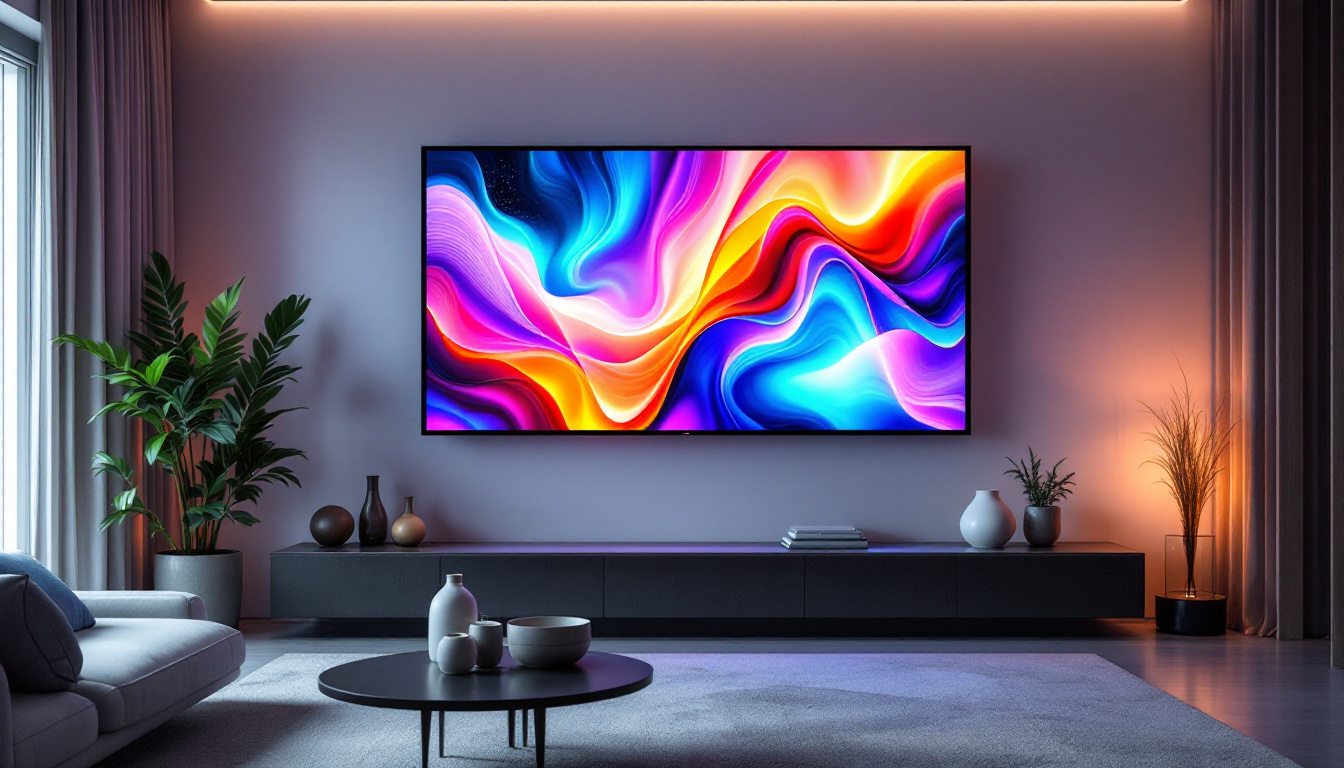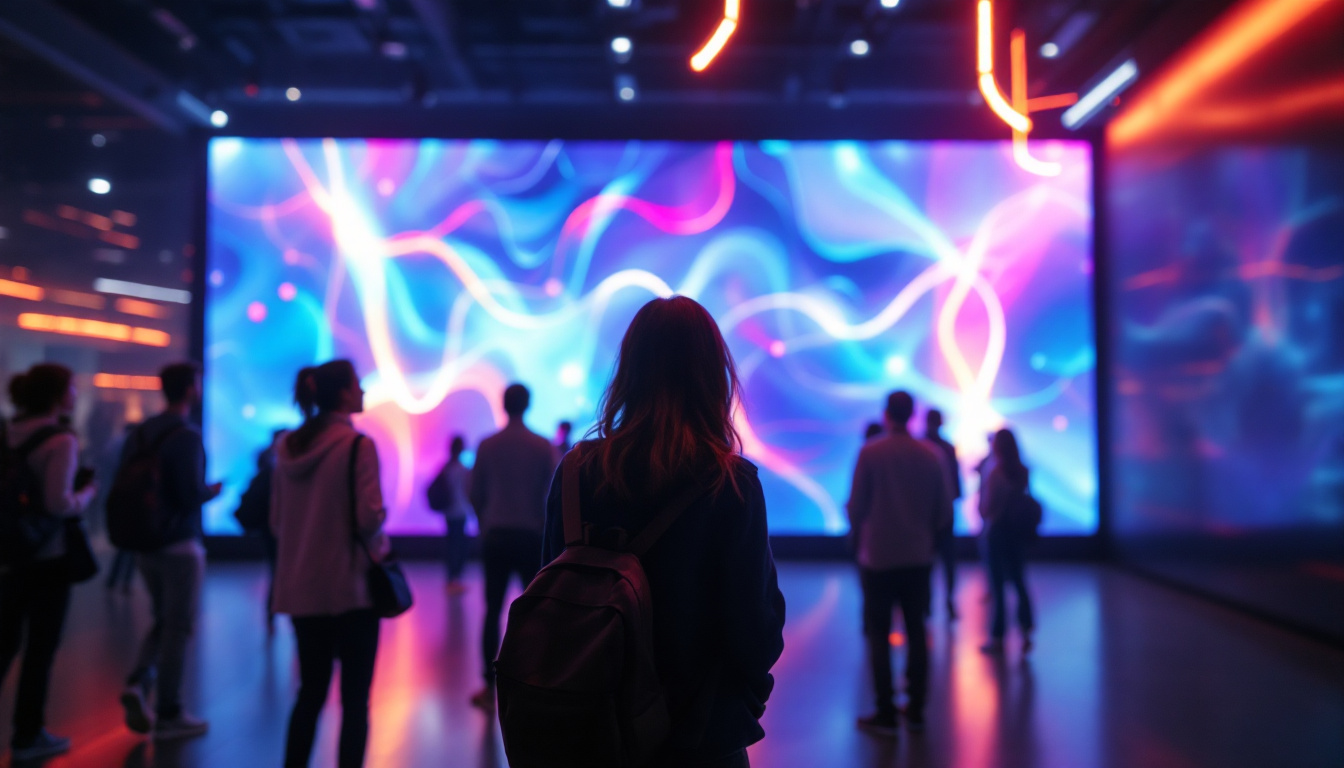Paris Olympics TV Design: LED Display Explained
The Paris Olympics, set to take place in 2024, is not just a celebration of athletic prowess but also a showcase of cutting-edge technology. Among the most significant advancements in broadcasting this global event will be the use of LED displays. This article delves into the intricacies of LED display technology, its role in the Olympics, and how it enhances the viewing experience for audiences around the world.
Understanding LED Display Technology
LED, or Light Emitting Diode, technology has revolutionized the way visual content is displayed. Unlike traditional LCD screens, LED displays utilize a series of small diodes to produce light, resulting in brighter images, higher contrast ratios, and improved energy efficiency. This technology is particularly advantageous in large venues, such as those hosting the Olympics, where visibility from various angles is crucial. The ability to maintain clarity and vibrancy, regardless of the viewer’s position, ensures that every spectator enjoys an optimal viewing experience, making LED displays a preferred choice for event organizers.
How LED Displays Work
At its core, an LED display consists of numerous individual pixels, each made up of red, green, and blue diodes. By adjusting the intensity of these diodes, a wide range of colors can be produced. The combination of these colors allows for the creation of high-definition images and videos that are vibrant and lifelike. Furthermore, the modular nature of LED displays means they can be configured into various shapes and sizes, making them ideal for large-scale events. This versatility is not just limited to sports; it extends to concerts, festivals, and corporate events, where custom shapes can be designed to fit the unique architecture of a venue.
Advantages of LED Displays
The advantages of LED displays extend beyond mere aesthetics. For one, they offer superior visibility in bright environments, which is essential for outdoor events like the Olympics. The durability of LED technology also means that these displays can withstand the rigors of outdoor conditions, including rain and extreme temperatures. This resilience is complemented by a long lifespan, with many LED displays lasting over 100,000 hours, significantly reducing the need for frequent replacements and maintenance.
Moreover, LED displays are energy-efficient, consuming less power than traditional display technologies. This not only reduces operational costs but also aligns with the Olympic Committee’s commitment to sustainability. The ability to display dynamic content in real-time further enhances the viewer’s experience, allowing for instant replays, athlete statistics, and live updates. Additionally, the integration of smart technology into LED displays enables features such as audience interaction through mobile apps, where spectators can engage with the content being shown, creating a more immersive and participatory atmosphere. This level of interactivity not only captivates the audience but also fosters a sense of community among fans, enhancing the overall event experience.
The Role of LED Displays in the Olympics
During the Olympics, LED displays serve multiple purposes, from broadcasting live events to providing information and entertainment to the audience. Their versatility makes them an invaluable asset in ensuring that both live attendees and remote viewers have access to the same high-quality experience.
Enhancing Live Spectator Experience
For spectators in the stadiums, LED displays are crucial for enhancing the overall experience. They provide clear visuals of events happening far away from the viewer’s seat, ensuring that everyone can follow the action. Additionally, these displays can be used to showcase athlete profiles, highlight historical moments, and even engage the crowd with interactive content.
Incorporating LED displays into the stadium design also allows for creative presentations, such as synchronized light shows and animations that can accompany various segments of the event. This not only entertains the audience but also creates a more immersive atmosphere. The use of vibrant colors and dynamic graphics can evoke emotions, making the experience memorable. For instance, during medal ceremonies, LED displays can spotlight the athletes, showcasing their journey and achievements, while also displaying national flags and anthems, thus enhancing the patriotic spirit of the event.
Broadcasting and Media Coverage
From a broadcasting perspective, LED displays play a pivotal role in delivering high-quality content to viewers at home. Television networks utilize these displays to present live feeds, graphics, and commentary, ensuring that the audience remains engaged throughout the event. The clarity and brightness of LED technology allow for stunning visuals that enhance the storytelling aspect of sports coverage.
Furthermore, LED displays can be strategically placed around the venue to provide real-time updates on scores, schedules, and other relevant information. This seamless integration of technology into the event experience ensures that viewers are well-informed and entertained, regardless of where they are watching from. In addition, the incorporation of augmented reality features on these displays can provide viewers with unique insights, such as player statistics or 3D replays, enriching their understanding of the game. As technology continues to evolve, we can expect even more innovative uses of LED displays that will further transform the way audiences experience the Olympics, making it a truly global event that connects fans from all corners of the world.
Design Considerations for LED Displays at the Paris Olympics
Designing LED displays for the Paris Olympics involves careful consideration of various factors, including location, size, and content. Each display must be tailored to meet the unique needs of its environment while also aligning with the overall aesthetic of the event.
Location and Placement
The placement of LED displays is critical to maximizing their effectiveness. Displays must be positioned to ensure optimal visibility for all spectators, taking into account sightlines and potential obstructions. Key locations may include the main stadium, training facilities, and fan zones, where large crowds gather to watch events.
In addition to traditional placements, innovative designs such as vertical displays or 360-degree screens are being considered to create a more engaging atmosphere. These unique configurations can enhance the visual experience and provide new ways for fans to interact with the event.
Content Strategy
Creating compelling content for LED displays is just as important as the technology itself. The content must be dynamic, engaging, and relevant to the audience. This includes not only live event coverage but also promotional materials, athlete interviews, and interactive features that encourage audience participation.
Collaboration between event organizers, broadcasters, and content creators will be essential to ensure that the displays are utilized to their fullest potential. This synergy will help create a cohesive narrative that enhances the overall Olympic experience.
Challenges and Solutions in LED Display Implementation
While the benefits of LED displays are clear, implementing this technology at a large-scale event like the Olympics comes with its own set of challenges. From logistical hurdles to technical issues, careful planning and execution are required to ensure success.
Logistical Challenges
One of the primary challenges in deploying LED displays for the Olympics is logistics. Transporting and installing large displays in various venues requires meticulous planning. Ensuring that all equipment arrives on time and is set up correctly is crucial to avoid delays and disruptions.
Additionally, coordinating with various stakeholders, including venue managers, broadcasters, and technology providers, is essential to streamline the process. Regular communication and contingency planning can help mitigate potential issues that may arise during setup.
Technical Considerations
Technical challenges can also impact the effectiveness of LED displays. Issues such as signal interference, power supply problems, or software malfunctions can disrupt the viewing experience. To address these concerns, thorough testing and quality assurance processes must be implemented before the event.
Utilizing experienced technicians and engineers during the setup and operation of the displays can help ensure that any technical issues are promptly resolved. Additionally, having backup systems in place can provide peace of mind in case of unexpected failures.
The Future of LED Displays Beyond the Olympics
The advancements in LED display technology are not limited to the Olympics. As technology continues to evolve, the applications of LED displays are expanding across various industries, including entertainment, advertising, and education.
Innovations in LED Technology
Future innovations in LED technology may include improvements in resolution, energy efficiency, and flexibility. As manufacturers develop new materials and techniques, the potential for even more immersive and interactive displays will increase. This could lead to the creation of displays that are not only visually stunning but also capable of adapting to different environments and user needs.
Furthermore, the integration of augmented reality (AR) and virtual reality (VR) with LED displays could create entirely new experiences for audiences, blurring the lines between the physical and digital worlds.
Impact on Other Events and Industries
The lessons learned from implementing LED displays at the Paris Olympics will likely influence other large-scale events and industries. As more organizations recognize the value of high-quality visual displays, the demand for LED technology will continue to grow. This shift could lead to more innovative applications in sports, concerts, and public events, enhancing the overall experience for audiences worldwide.
Conclusion
The incorporation of LED displays into the Paris Olympics is set to redefine the way audiences experience the games. With their ability to deliver stunning visuals, real-time information, and interactive content, LED displays will play a pivotal role in enhancing both live and broadcast experiences. As technology continues to advance, the impact of LED displays will extend far beyond the Olympics, paving the way for a new era of visual communication in various sectors.
As preparations for the Paris Olympics continue, the focus on LED display technology highlights the importance of innovation in creating memorable experiences for athletes and fans alike. The fusion of sport and technology promises an exciting future for the Olympic Games and beyond.
Illuminate Your Next Event with LumenMatrix
As the Paris Olympics approach, showcasing the pinnacle of athletic achievement through advanced LED display technology, consider how LumenMatrix can elevate your own event or brand presence. With our expertise in creating immersive environments using Indoor LED Wall Display, Outdoor LED Wall Display, and more, we invite you to check out LumenMatrix LED Display Solutions and discover how our innovative displays can transform your space into a captivating visual experience. Join us in leading the revolution of visual communication and make a lasting impact at your next event.

